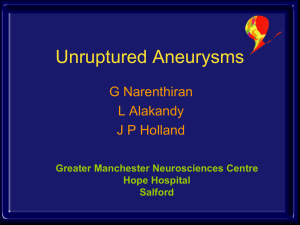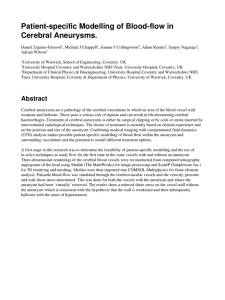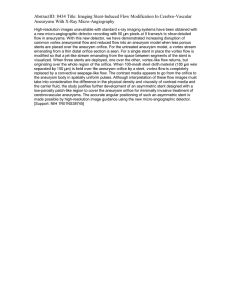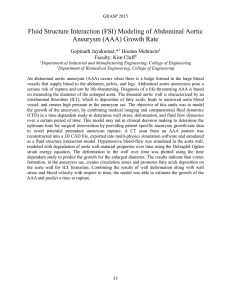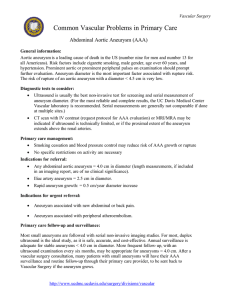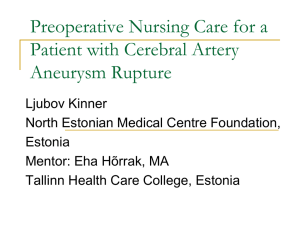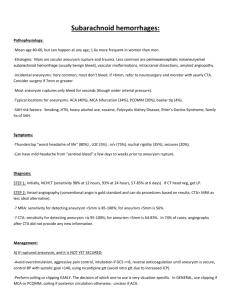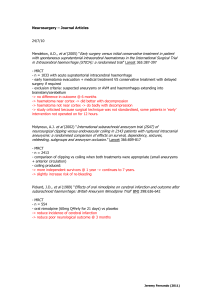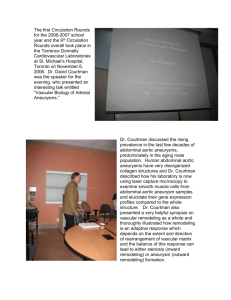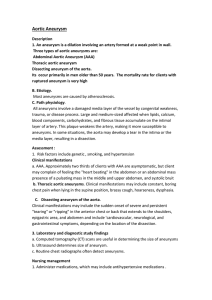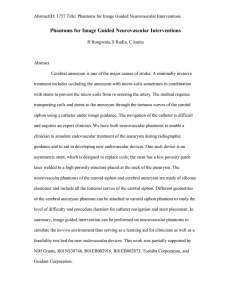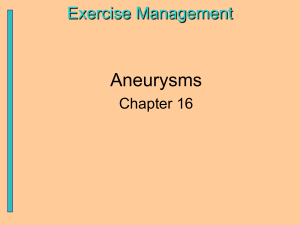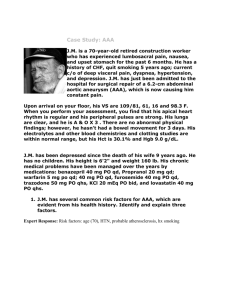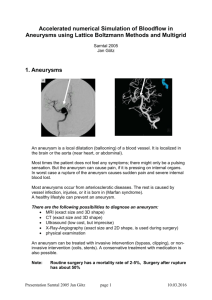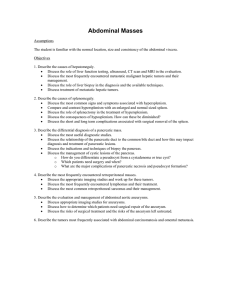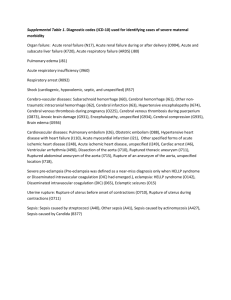WhitakerAbstractFinal
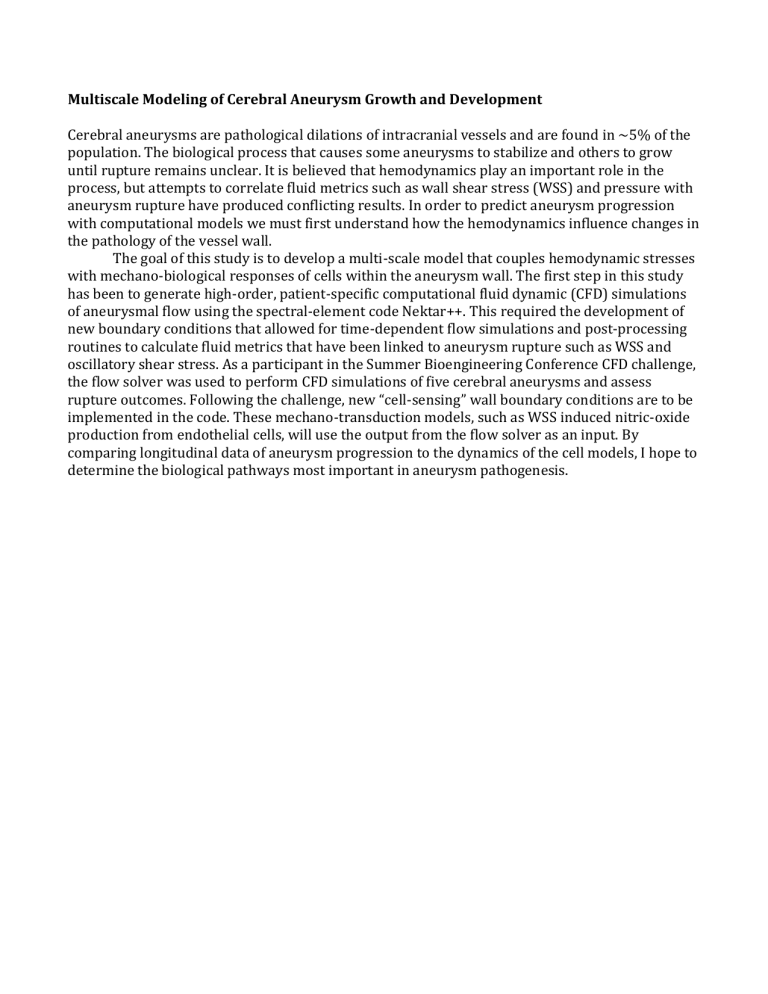
Multiscale Modeling of Cerebral Aneurysm Growth and Development
Cerebral aneurysms are pathological dilations of intracranial vessels and are found in ~5% of the population. The biological process that causes some aneurysms to stabilize and others to grow until rupture remains unclear. It is believed that hemodynamics play an important role in the process, but attempts to correlate fluid metrics such as wall shear stress (WSS) and pressure with aneurysm rupture have produced conflicting results. In order to predict aneurysm progression with computational models we must first understand how the hemodynamics influence changes in the pathology of the vessel wall.
The goal of this study is to develop a multi-scale model that couples hemodynamic stresses with mechano-biological responses of cells within the aneurysm wall. The first step in this study has been to generate high-order, patient-specific computational fluid dynamic (CFD) simulations of aneurysmal flow using the spectral-element code Nektar++. This required the development of new boundary conditions that allowed for time-dependent flow simulations and post-processing routines to calculate fluid metrics that have been linked to aneurysm rupture such as WSS and oscillatory shear stress. As a participant in the Summer Bioengineering Conference CFD challenge, the flow solver was used to perform CFD simulations of five cerebral aneurysms and assess rupture outcomes. Following the challenge, new “cell-sensing” wall boundary conditions are to be implemented in the code. These mechano-transduction models, such as WSS induced nitric-oxide production from endothelial cells, will use the output from the flow solver as an input. By comparing longitudinal data of aneurysm progression to the dynamics of the cell models, I hope to determine the biological pathways most important in aneurysm pathogenesis.
